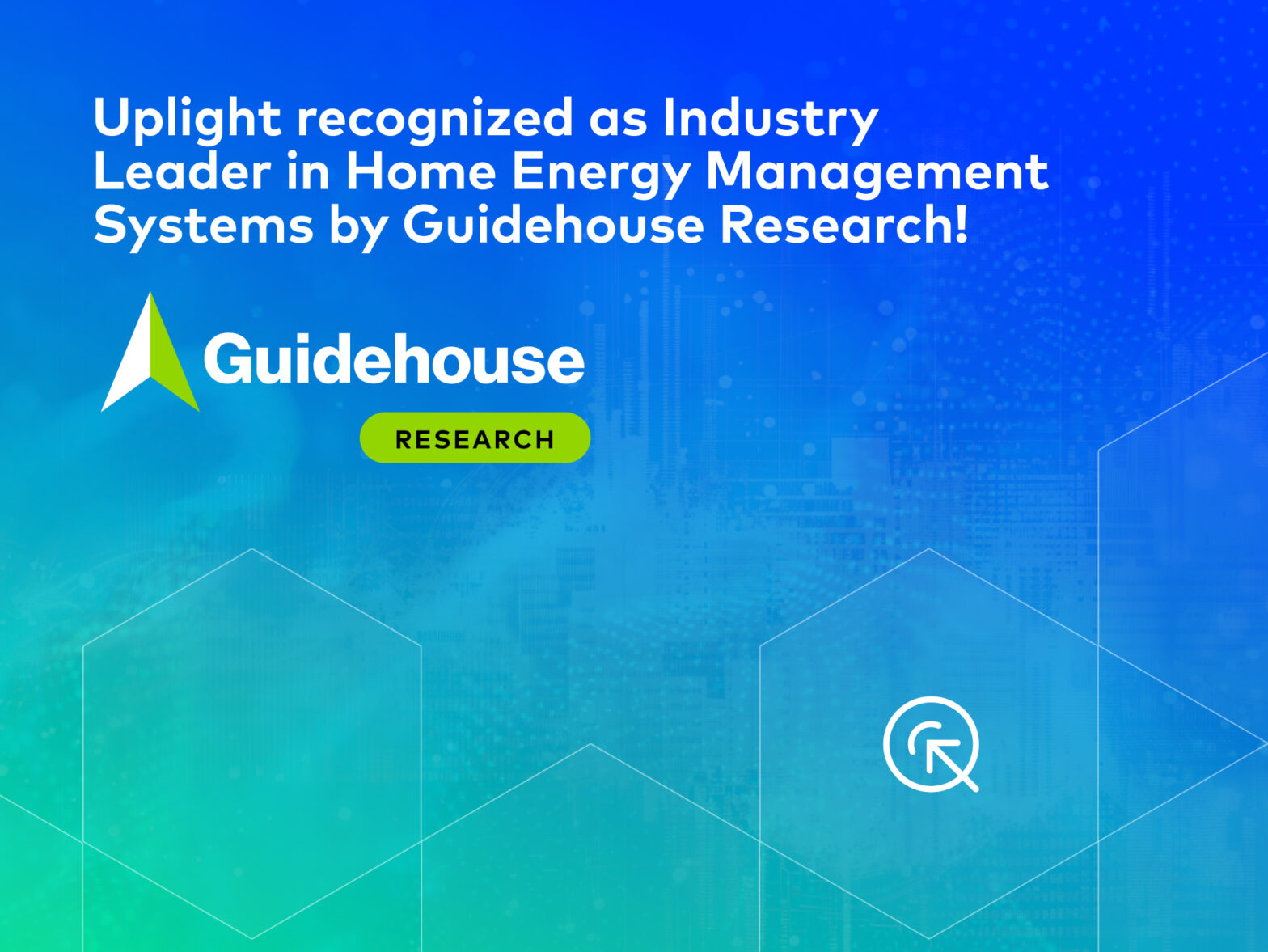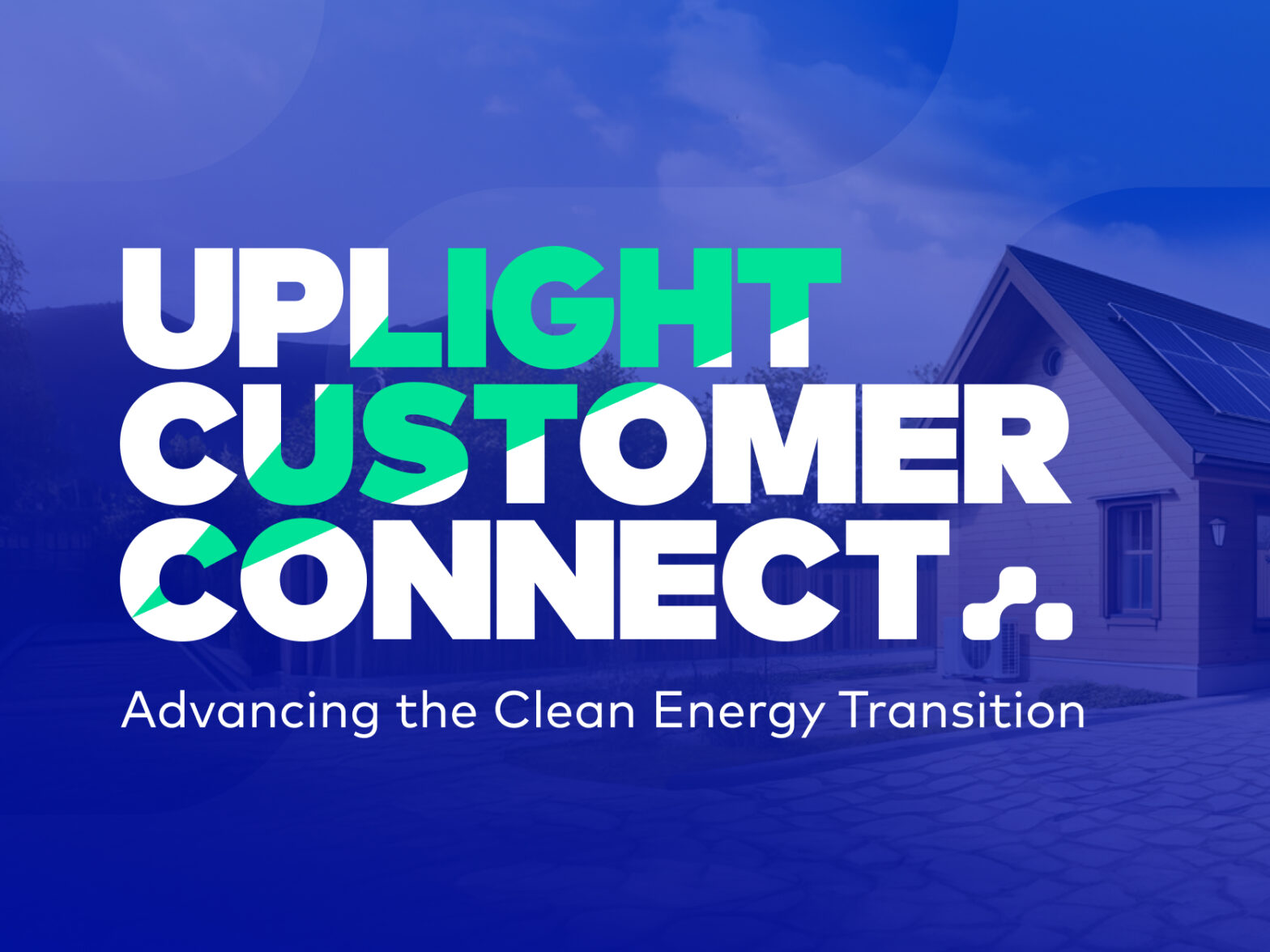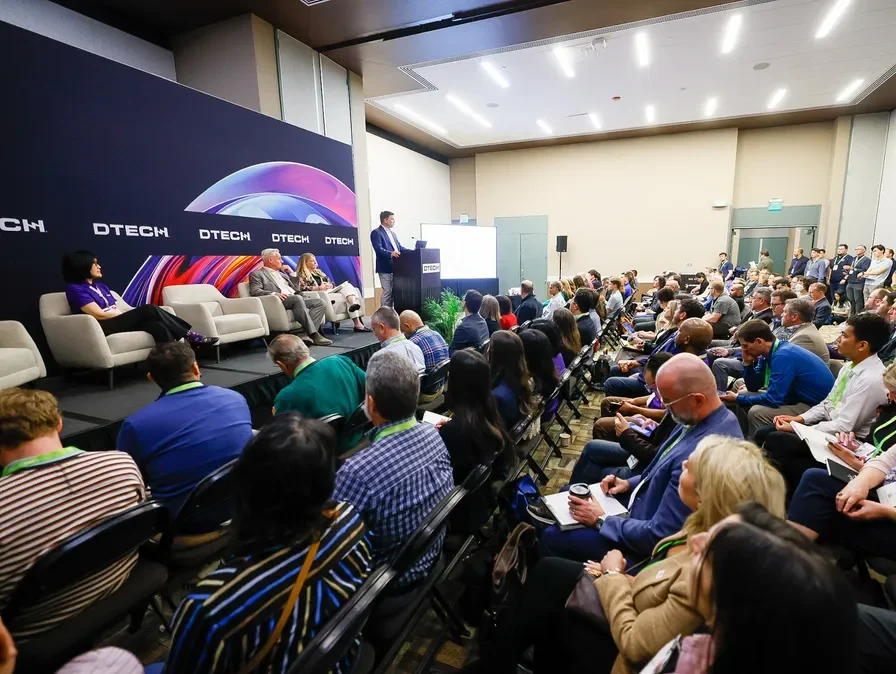Ever used LinkedIn? Twitter? Facebook? (Or Instagram / Pinterest / YouTube?) Odds are, you’d say Yes to at least one of these. Don’t worry, you’re in good company. In 2019, ~3.4 billion active users around the world spend about 2 hours 22 minutes per day on social networks and messaging apps. We like. We comment. We share.
The stuff that we share – posts, reactions, photos, videos – is known as user-generated content (UGC). Really, it’s anything that has been created by unpaid contributors.
Sharing is Caring
Why do we share content? Because it’s enjoyable (OMG, grumpy cat video!). Obviously.
But it’s much more than that. Austrian psychologist, Ernest Dichter, and the New York Times came to a similar conclusion, albeit almost 50 years apart: We share to delight and bring value to others. To support causes/brands. To define ourselves. To be recognized and validated by others. And to grow and nourish our relationships.
Show Me the Value (and Money)
UGC is valuable. Period. It’s viewed as more authentic, more honest, more personal (and personable). And because of that, UGC even influences our decision-making – like what to buy (and from whom) and where to eat. And hey, it’s cost-effective!
Just ask Burberry, the British luxury fashion designer. In 2009, Burberry’s Art of the Trench campaign leveraged UGC by reposting users’ trench coat-wearing selfies on Burberry social media. End result? E-commerce sales increased 50% year-over-year, and their number of Facebook followers ballooned to over 1 million. (Huge in the luxury retail sector!)
Uplight Case Study: Utilities and Social Media
So … given what we know, are utilities leveraging UGC on social media? And does sharing UGC actually result in more customer engagement?
To answer these questions, Uplight compared social media activity across 3 utilities from June-August 2018.
Since Twitter was (and continues to be) the most popular social media platform used by North American utilities, we focused on mining tweets (more info on how we did this in the notes at the end of the post.
First, a crash course in Twitter posts…
Twitter 101
Utilities can communicate with users via 3 types of posts: Tweets, Retweets, and Replies. Utility retweets, or a re-sharing of UGC, are the focus here. All activity (aside from direct messaging) is public.
Table 1: Methods of Utility Twitter Communication
Are Utilities Leveraging User-Generated Content?
Well, sort of… but not really. Less than 10% of their total activity from June-August involves sharing customer content (% retweets). Surprised?
That said, utilities engage with their customers in very different ways. Whereas Utility A shares the most UGC (% retweets), Utility B shares the most status updates (% tweets), and Utility C focuses on customer service (% replies). The following table represents all utility Twitter activity.
Table 2: Utility Twitter Activity
Okay, so if they’re not sharing UGC, what do utilities tweet about? Mostly, utility-related news/events and miscellaneous topics (e.g., safety during extreme weather, solar energy education). Other tweets are about savings tips, programs/offers, and outages. (See Appendix, Table 4).
Does Sharing UGC Increase End User Engagement?
Ah, this is the crux of it all. Yes! Users engage more with other user-generated content (that’s reshared by utilities) compared to utility-generated content.
For instance, Table 3 shows that Utility B customers “liked” UGC (utility retweets) 9.2 times on average (vs. 3.2 times for utility-generated content). Utility B customers also shared UGC (utility retweets) 3.8 times on average (vs. 0.8 times for utility-generated content).
Got it? Let’s say it again. People engaged with other user-generated content up to 4 times more than they engaged with utility-generated content.
Table 3: Twitter User Engagement
Recommendation: More User Content!
So what does this mean? That’s a no brainer. Let’s bring more user content to utility communications. Feature a user’s savings tip in a home energy report. Encourage users to share their free home audit experience on their utility’s social media page. Retweet user content. And equally important, provide a direct way for people to respond and engage!
We’re social creatures. We share to bring value to others (power outage, spread the word!). And to support a cause (appliance recycling offer, let’s be green). Engage us, and we’ll buy more, participate more, and promote more. Will we also take more actions to save energy? Stay tuned!
Author’s note: Uplight’s thought leadership content is currently ahead of the (implementation) curve. Although we are not currently piloting UGC features, we are continually searching for innovative ways to leverage behavioral science in the energy sector.
Appendix: Case Study Notes
1) About methodology: We used a Python wrapper to access the Twitter API and pull data.
2) We excluded all utility retweets of other utility-related posts. Retweets reflect a re-sharing of non-affiliated users’ posts.
Table 4: Tweets by Content




